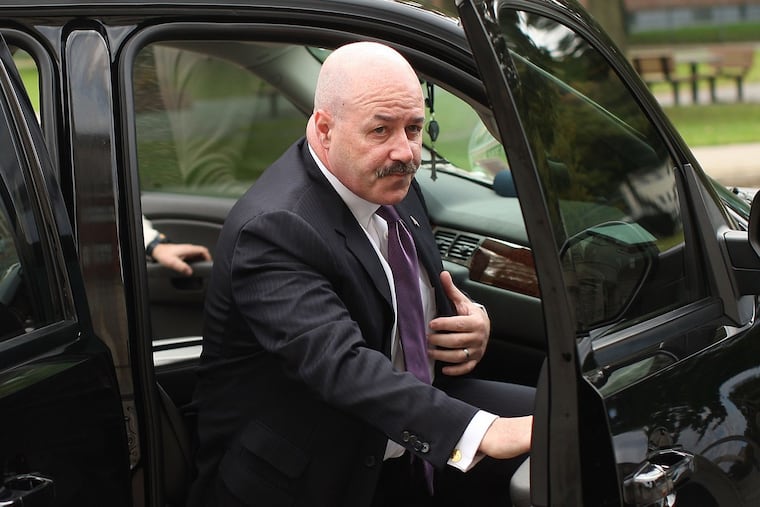Is the ‘smoking gun’ in Trump’s Jan. 6 attempted coup hiding in plain sight? | Will Bunch
Trump insider Bernie Kerik claims ex-president drafted a letter to involve the Insurrection Act on Jan. 6. The American people need to see this.

Trump insider Bernie Kerik claims ex-president drafted a letter to involve the Insurrection Act on Jan. 6. The American people need to see this.
